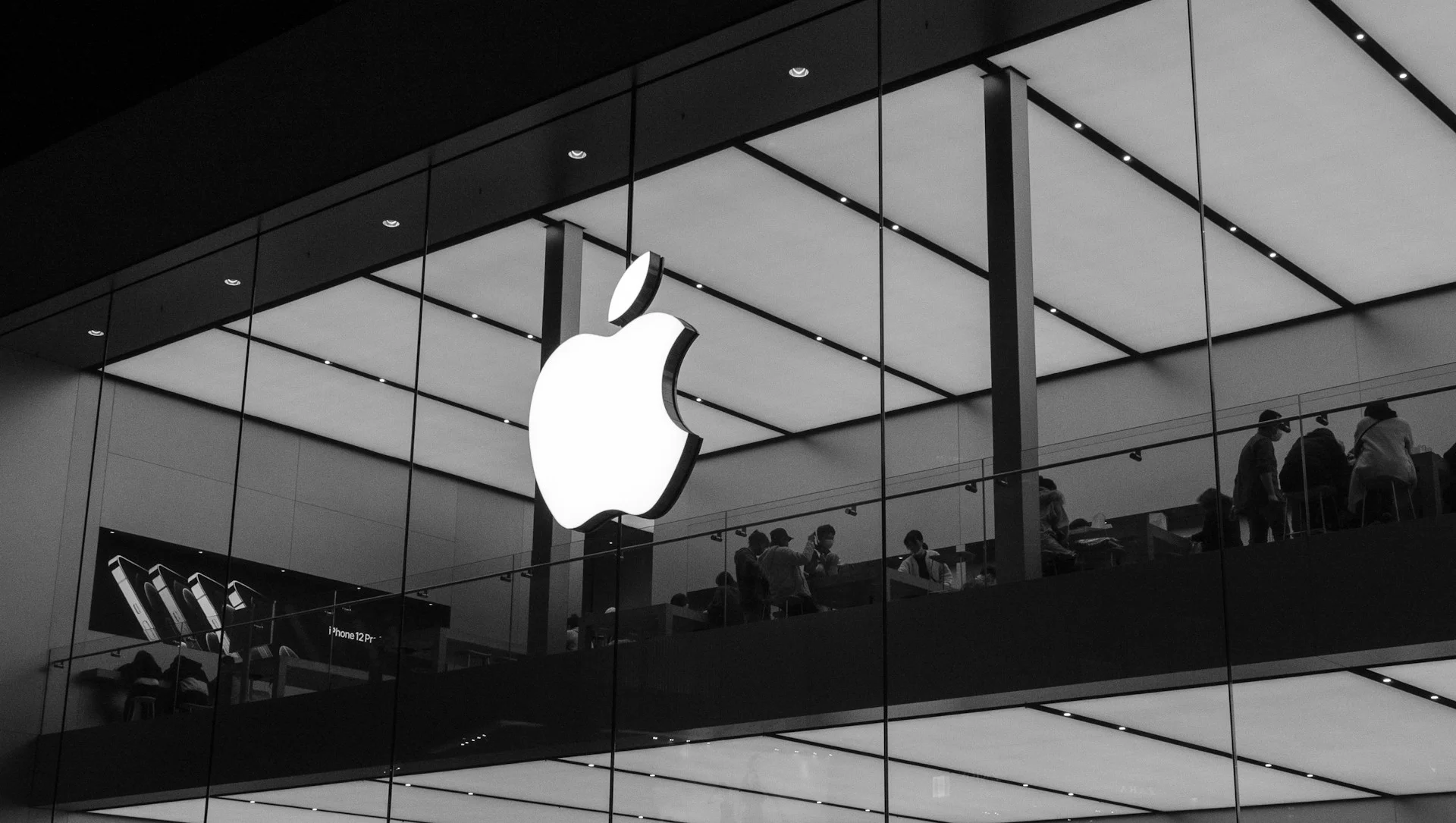The Dawn of Apple Intelligence
Apple has announced its latest innovation: Apple Intelligence. This new era promises to enhance your experience with iPhones, Macs, and iPads using advanced artificial intelligence. From smarter Siri interactions to the creation of unique emojis and AI-generated art, Apple Intelligence is poised to revolutionize how we use our devices. But there’s a catch—many of Apple’s older devices, including iPhones less than a year old, won’t support these features.
The Exclusion of Older iPhones
The most striking aspect of Apple’s announcement is the exclusion of many recent iPhones. Only the iPhone 15 Pro and iPhone 15 Pro Max will support Apple Intelligence. Even the standard iPhone 15 models, released less than a year ago, won’t run these new features. This exclusion extends to Macs as well, which require Apple Silicon processors introduced in 2020 or later.
Cynicism or Necessity?
Some may view this exclusion cynically, suggesting that Apple is pushing users towards frequent upgrades. While the average user might replace their phone every few years, expecting users to upgrade to the latest model annually is unrealistic. However, the reality is more complex. The computational requirements for Apple Intelligence differ significantly from typical iPhone tasks.
The Technical Challenge
Current AI applications like ChatGPT and Midjourney rely heavily on cloud servers for processing, with minimal work done on your device. Apple Intelligence aims to shift much of this processing onto the device itself, a move primarily motivated by privacy concerns.
On-Device AI: A Privacy Play
Craig Federighi, Apple’s senior VP of software engineering, emphasized that on-device processing is central to Apple Intelligence. “You should not have to hand over all the details of your life to be warehoused and analyzed in someone’s AI cloud,” he stated. This approach mirrors Microsoft’s Copilot+ standard, which also focuses on on-device AI processing.
The Role of Neural Processing Units (NPUs)
The key technology behind this capability is the Neural Processing Unit (NPU). NPUs specialize in handling vast amounts of data simultaneously while conserving power. This technology has been integrated into iPhones since the iPhone 8 with the Apple Neural Engine. Despite this, older iPhones won’t support the new AI features, raising questions about Apple’s intentions.
RAM: The Unsung Hero
Another crucial factor is RAM. Older iPhones typically have 6 GB of RAM, while the new models boast 8 GB. When AI models run locally, they need substantial memory to operate efficiently. Even the fastest storage solutions cannot match the speed and bandwidth required by these AI processes, which is why more RAM is essential.
The Reality of AI on Consumer Devices
Despite the hype, the AI capabilities of consumer devices are limited. High-end graphics cards, like Nvidia’s H200 used in server farms, have vast amounts of memory and immense processing power, which far exceed what any iPhone can offer. Therefore, the offline AI features on the iPhone 15 Pro Max will be based on smaller, simpler models.
Looking Ahead: The iPhone 16 and Beyond
As we await the release of iOS 18 and the iPhone 16, questions remain about whether these new devices will fully support Apple Intelligence. It’s possible that Apple will continue using these features as a selling point for its Pro models.
Conclusion: Navigating the Future of Apple Intelligence
The introduction of Apple Intelligence marks an exciting development in the tech world. However, its limited availability raises significant concerns about device longevity and upgrade cycles. Users with recent iPhones might feel left out, prompting a reevaluation of their tech upgrade habits. As Apple continues to push the boundaries of AI, the balance between innovation and inclusivity will be crucial for maintaining customer trust and satisfaction.
More News: Tech News


